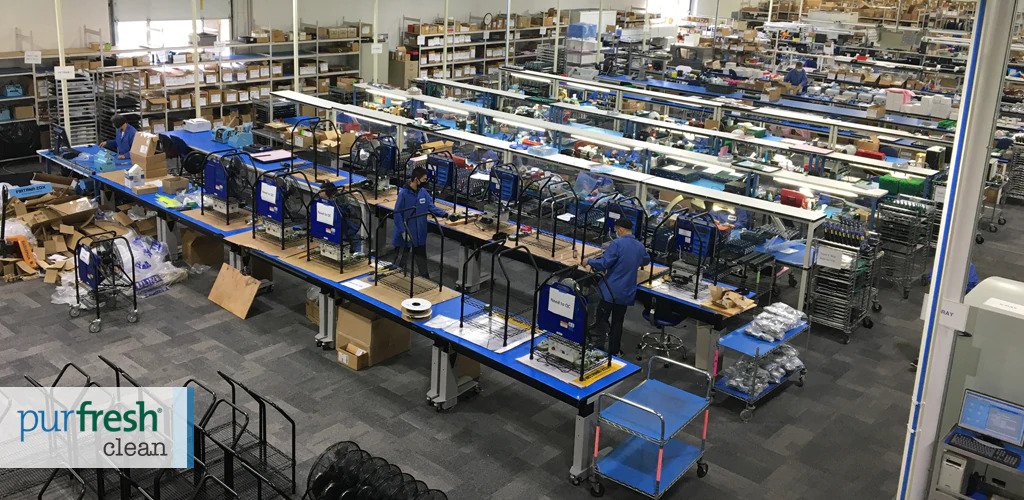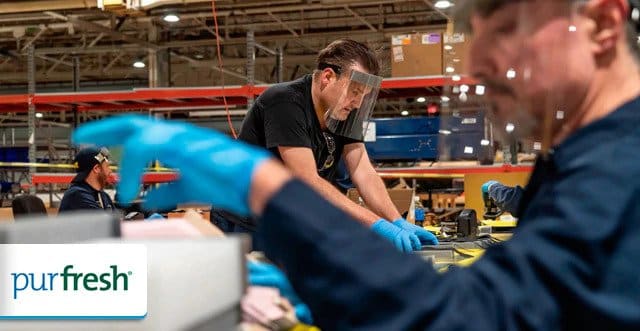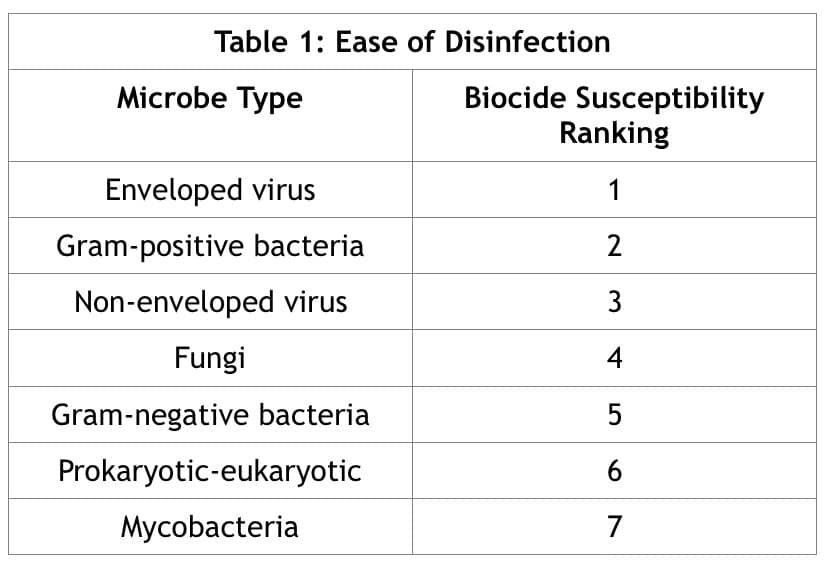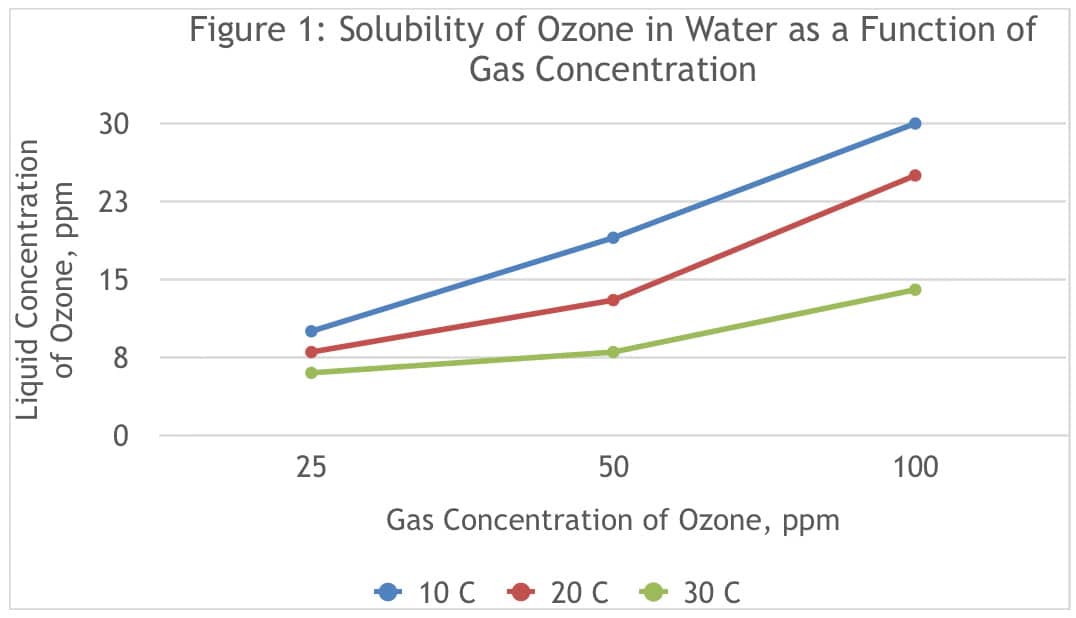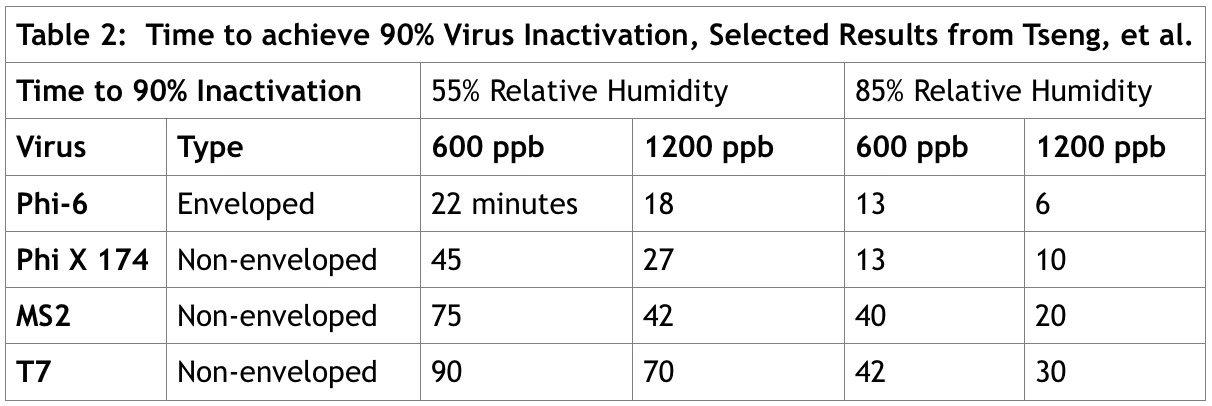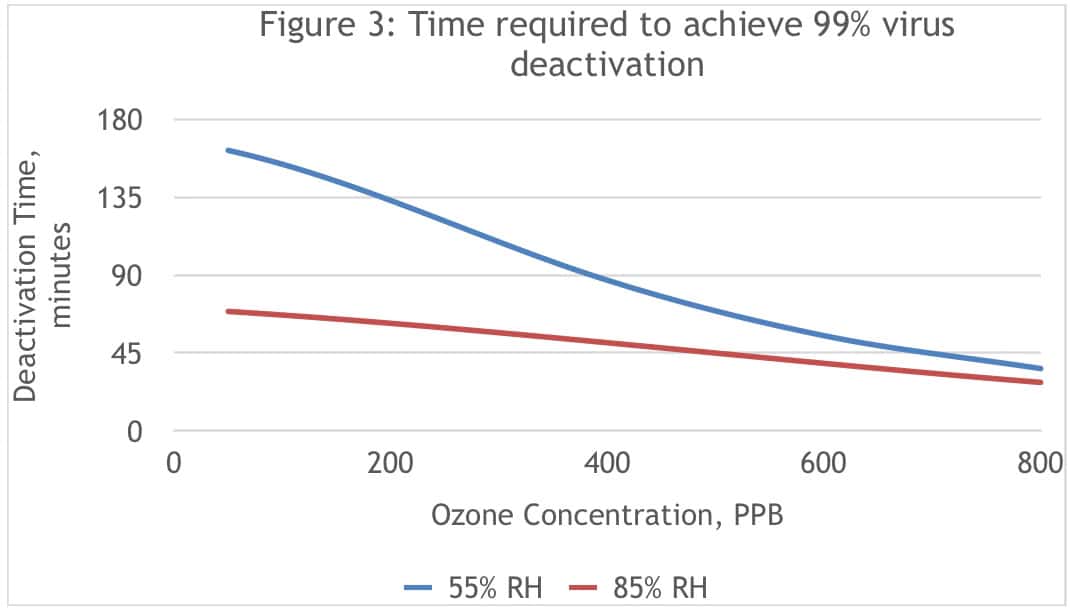Purfresh Clean CEO Christian DeBlasio has donated $75,000 of air treatment units and services to his alma mater, Texas A&M University at Galveston in Galveston, Texas, to prevent the spread of SARS-CoV-2 and COVID-19. His concern for the welfare of the students and faculty inspired him to make the donation and do everything possible to keep them healthy while they are in school.

The machines apply Oxygen-3 (O3) molecules to sanitize sealed, unoccupied indoor spaces. O3 is a reactive gas composed of three atoms of oxygen. In low concentrations (at the parts per billion level), ozone is scientifically proven to destroy viruses as well as bacteria and odors by bonding with and breaking down their molecular structure. Ozone then degrades back to oxygen, leaving behind no residue. Because molecules are broken down rather than simply covered up, the room is truly clean after the unit’s cycle is complete. The machines’ output is dry air, so they will not damage any room furnishings. They are used overnight so they have enough time to ensure complete safety by the time people enter the rooms. Each unit can clean and sanitize a 2500 square foot room with 12-foot ceilings in 4-5 hours.
Because O3 is a gas, it has the advantage of being able to permeate the entire space, including air and any aerosol viruses, leaving no corner untouched. In a 2009 University of British Columbia study, ozone was proven to inactivate over 99% of enveloped viruses such as SARS CoV-2 (the virus that causes the coronavirus disease, COVID-19). O3 is approved by the FDA and USDA to disinfect food and water as well, and a 2020 Georgia Institute of Technology study, found that it may have additional applications to clean reusable PPE during shortages.
In 2020, Purfresh Clean’s units were used in U.S. Army National Guard training exercises. Four units are now being used in the Dining Hall on the Galveston Campus due to the high density in this location. The units are used nightly to aid in ensuring that students, faculty, and staff enter a clean environment each morning.
ABOUT PURFRESH CLEAN
Launched in May 2020, Purfresh Clean has developed patented O3 technology solutions to help businesses, schools, and governments safely, quickly, and comprehensively eliminate 99.9% of SARS-CoV-2 from their indoor spaces and continue operations. In late 2020, United States Army National Guard training facilities started using Purfresh Clean to disinfect shared equipment and communal interior spaces. Purfresh Clean units are available globally and are FDA, EPA, and OSHA compliant. The company’s mission is to protect people and purify environments from viruses, bacteria, mold, and odors. Purfresh Clean is headquartered and manufactured in the U.S.
Learn more about Purfresh’s patented O3 technology.



